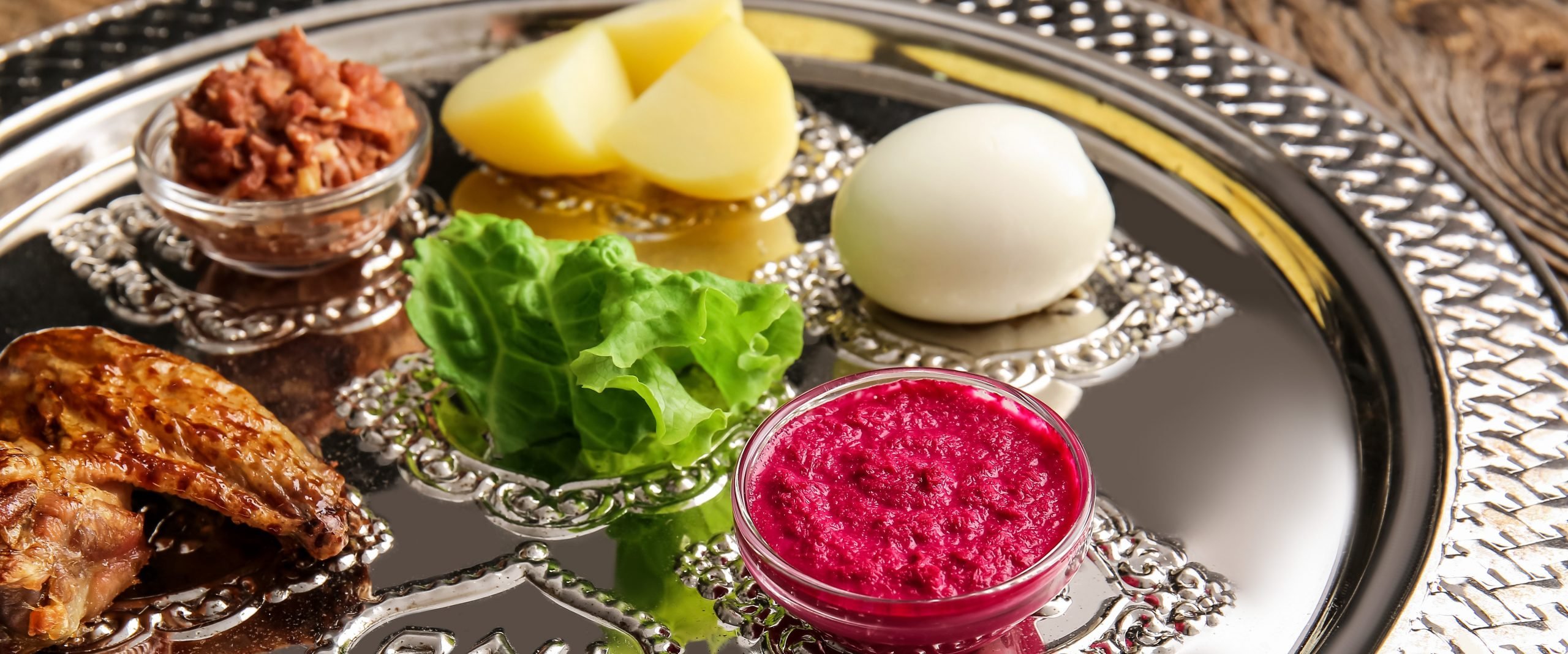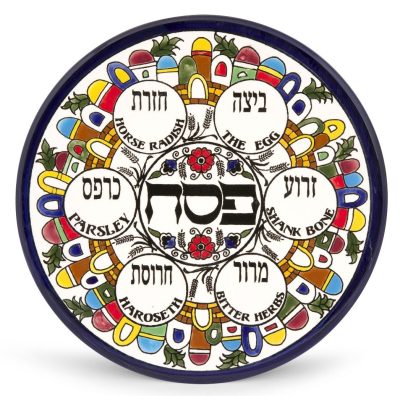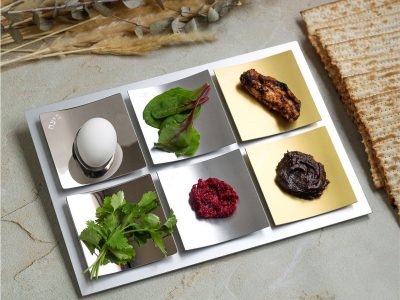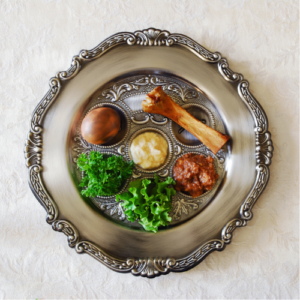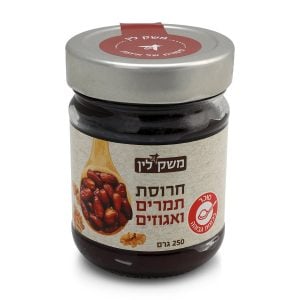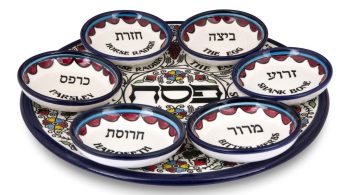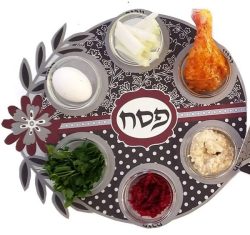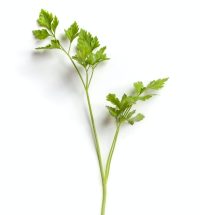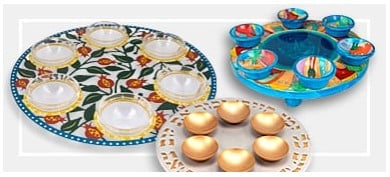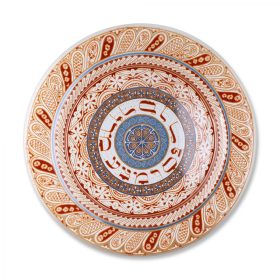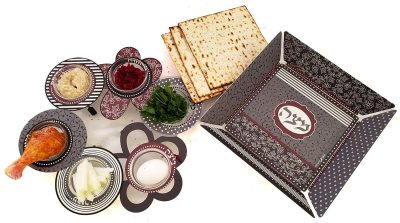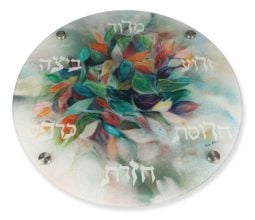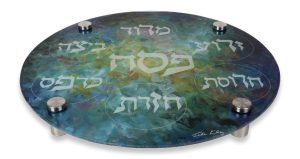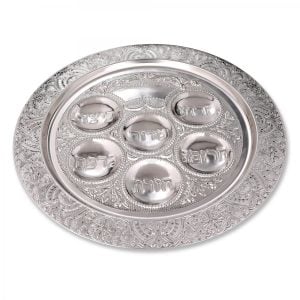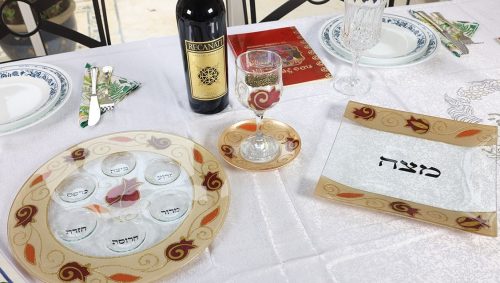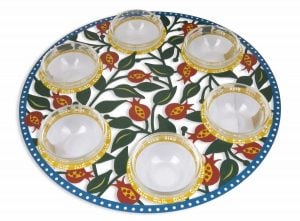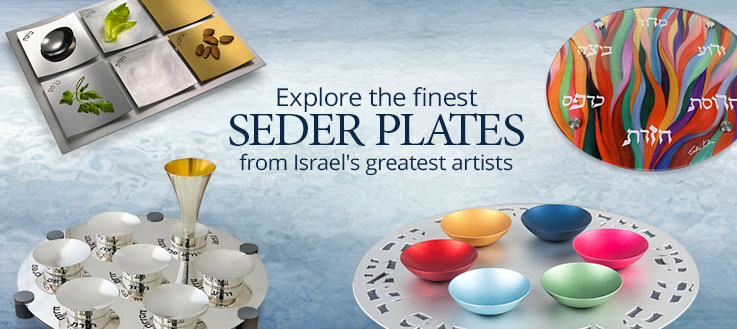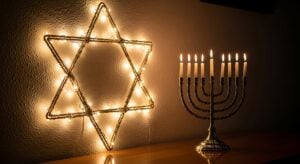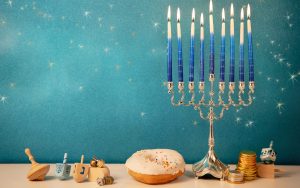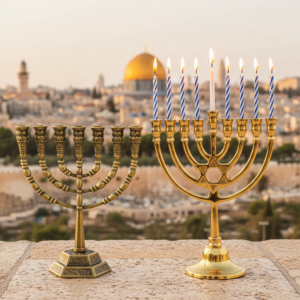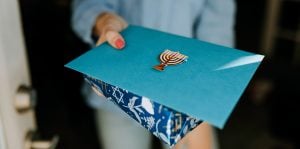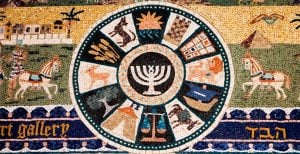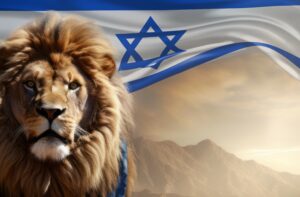Can never remember what to put on a Passover Seder plate?
Not to worry, your Passover will go smoothly with our essential guide to the Seder plate – what goes on it, what all the foods mean, and even the origins of the plate itself.

The Seder plate is the centerpiece of every Passover table and a key item of the Seder itself, containing six symbolic foods that help us tell the Passover story. It’s easy to forget what these are from year to year, so let’s dive in to everything you need to know:
What goes on the Seder plate?
*The two types of bitter herbs are often lettuce and horseradish.
*There are several different types of charoset with regional variations as to the type of fruit used, but the two most common options are apples or dates.
*Karpas can be any vegetable that grows in the ground; most commonly used are parsley, celery, or potato.
*Some Jews have a custom of using a roasted chicken wing for the shankbone, in order to not be too reminiscent of the Passover lamb sacrifice which we cannot do outside the Temple.
Most traditional Seder plates have designated, labeled spots for each food, so you know exactly where they go!
Curious about vegan substitutions for the egg and shank bone? Check out our Vegan Seder Plate Options blog post here!
And did you know you can get traditional date and apple charoset straight from Israel? Shop here while supplies last!
What does each Seder plate item symbolize?
The Shankbone symbolizes the Passover sacrifice (also known as the Paschal Lamb) that Jews previously brought to the Temple on the first night of Passover. Since the Temple was destroyed and Jews can no longer bring sacrifices and fulfill that commandment, the shankbone on the plate serves as a visual reminder of the sacrifice.
The Egg, meanwhile, signifies our deep sadness that the Temple no longer stands. Eggs are used because they were traditionally the first food served to mourners after a funeral.
The two types of Bitter Herbs represent the bitterness of slavery endured by the Israelites in Egypt.
The Charoset represents the mortar and brick that the Israelites labored with while they were enslaved.
Karpas is the vegetable we use to dip into saltwater (or vinegar, in some customs). The fresh vegetable symbolizes the coming spring season, while the saltwater reminds us of the tears and pain of our enslaved ancestors.
Some aspects of the Passover Seder come from the Torah, like eating matzah and retelling the story of the Exodus from Egypt, while other customs can be traced back to the Talmud.
However, it is unclear when Jews started using special Seder plates the way we know them today. The only hint we have is that the oldest known Seder plate artifact, currently housed at the Israel Museum, comes from late 15th-century Spain, just before the expulsions of Jews in 1492.
What do I do with a Seder plate the rest of the year?
Even though Seder plates aren’t associated with any other Jewish holidays, that doesn’t mean you have to keep yours stashed away in your attic until spring rolls around!
Like Kiddush cups and menorahs, artistic Seder plates can be displayed year-round in your home like a piece of décor to remind you and your family of our people’s incredible and meaningful traditions.
Where can I buy a Seder plate?
There are plenty of places to buy a Seder plate, including Judaica WebStore!
All of our Seder plates are created by top Israeli designers and artists and sent to your doorstep straight from the Land of Israel. With dozens of Seder plates to choose from, we offer something for every aesthetic and budget!
And if you’re stumped, head over to our so you can choose the right fit for you and your family.
Upgrade your Passover table in style with our beautiful Israeli-made Seder plates! And don’t forget all the other Passover Judaica and gifts you’ll need, right in our store.
Whatever your style or budget, we have the perfect Seder plate for you from one of Israel’s finest artists. Check out our guide with our top 10 amazing plates and find your favorite!
